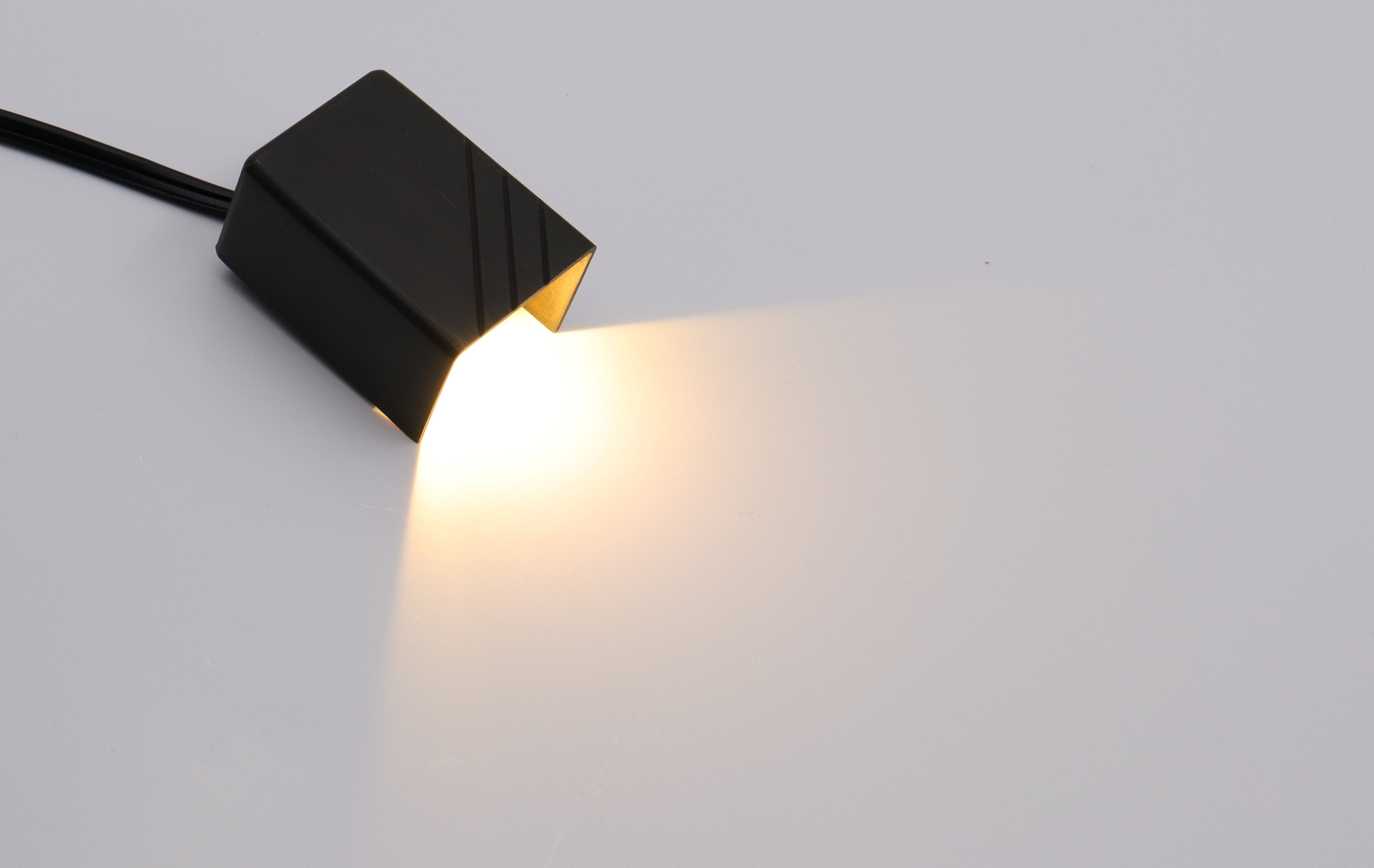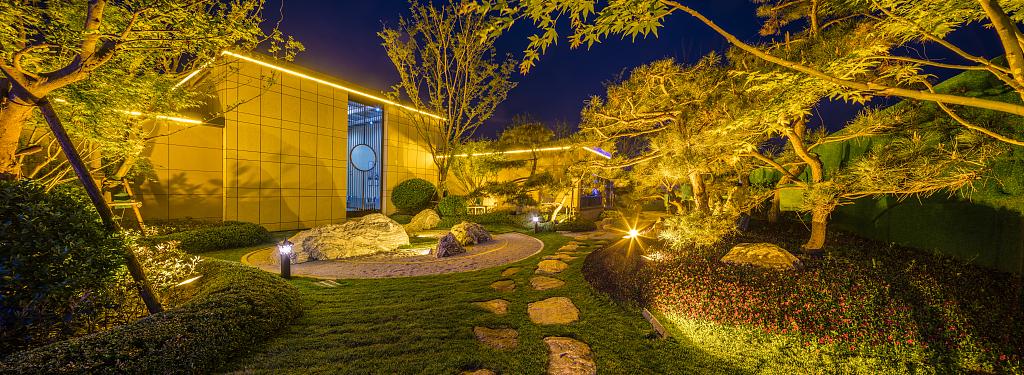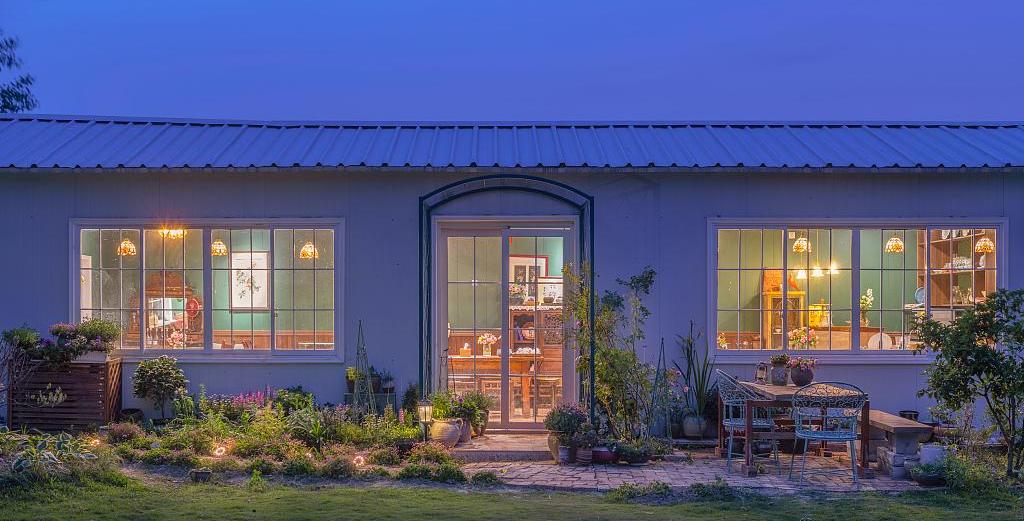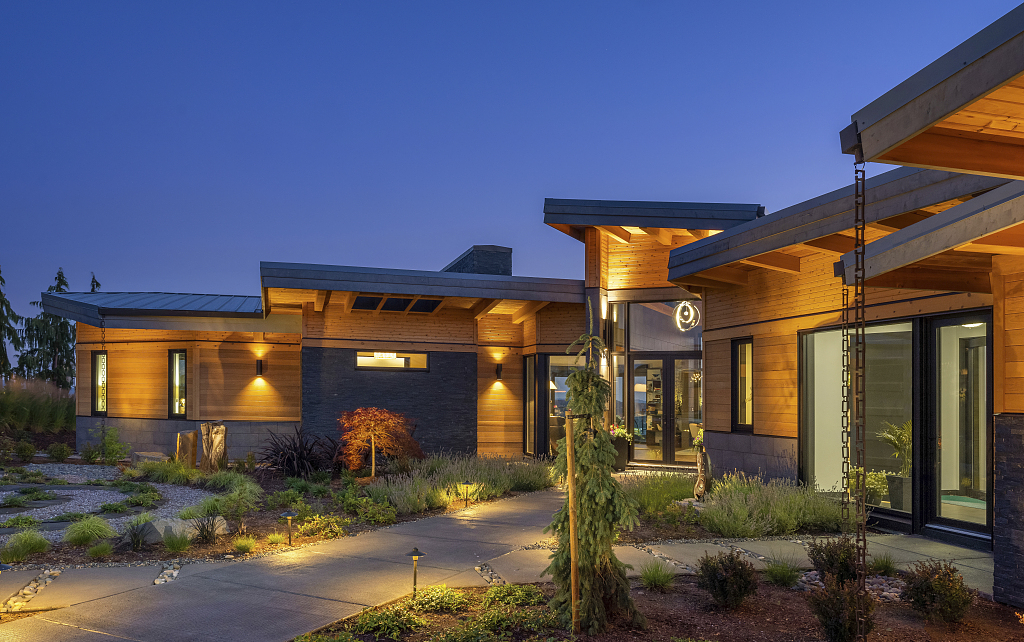Low-Voltage Landscape Lighting: Safety, Savings & Superior Performance
Outdoor lighting plays a crucial role in enhancing curb appeal, improving safety, and extending the usability of your yard after dark. Among the various lighting options available, low-voltage landscape lighting stands out as a safe, energy-efficient, and cost-effective solution for homeowners. Unlike high-voltage systems, which require professional installation and pose safety risks, low-voltage lighting (typically 12V) is easy to install, safer for families and pets, and consumes far less energy while still delivering beautiful illumination.
In this guide, we’ll explore:
- Why low-voltage lighting is the best choice for residential outdoor lighting
- Key benefits, including safety, energy savings, and design flexibility
- How to choose the right fixtures (path lights, spotlights, flood lights)
- Installation best practices for optimal performance
- Maintenance tips to ensure long-lasting performance
By the end, you’ll understand why low-voltage landscape lighting is the smartest investment for your home’s exterior.
1. Enhanced Safety for Homes & Families
High-voltage (120V) outdoor lighting systems carry a risk of electric shock, especially in damp conditions. In contrast, low-voltage lighting operates at just 12V, making it far safer for homes with children and pets.
- No risk of severe electrical shock – Even if wiring is exposed, the low current is non-lethal.
- No need for deep burial of wires – Unlike line-voltage systems, low-voltage cables only need to be buried 6 inches deep (or even left above ground in some cases).
- Reduced fire hazard – Lower voltage means less heat generation, minimizing risks of overheating.
2. Energy Efficiency & Cost Savings
One of the biggest advantages of low-voltage landscape lighting is its energy efficiency.
- Lower power consumption – A typical 12V LED path light uses only 4-7 watts, compared to 40-60W for older halogen bulbs.
- Longer bulb lifespan – LED fixtures in low-voltage systems last 50,000+ hours, reducing replacement costs.
- Reduced electricity bills – A well-designed system can cost as little as $5-$10 per month to run, compared to $30+ for traditional lighting.
Fact: The global low-voltage landscape lighting market is projected to grow at 7.2% CAGR from 2025-2031, driven by demand for energy-efficient solutions.
3. Design Flexibility & Customization
Low-voltage systems allow for greater creative control over outdoor lighting design.
- Easy to reposition fixtures – Unlike hardwired systems, low-voltage lights can be moved with minimal effort.
- Wide variety of fixtures – From path lights for walkways to spotlights for trees and flood lights for architectural accents, options are endless.
- Dimmability & zoning – Many systems support dimmers and multiple lighting zones for customized ambiance.

Choosing the Right Low-Voltage Landscape Lighting Fixtures
1. Path Lights (For Walkways & Driveways)
- Function: Provide safe navigation along pathways, steps, and driveways.
- Height: 12-24 inches for optimal visibility without glare.
- Spacing: 6-8 feet apart to ensure even illumination.
- Material: Brass or copper for durability (avoid cheap plastic models).
2. Spotlights (For Accent Lighting)
- Function: Highlight trees, sculptures, or architectural features.
- Beam angle: 30°-45° for focused lighting.
- Brightness: 300-500 lumens for medium-sized trees, 700+ lumens for large features.
3. Flood Lights (For Wide-Area Illumination)
- Function: Illuminate large areas like patios, walls, or backyard spaces.
- Wattage: 10W-20W LED for energy-efficient broad coverage.
- IP Rating: IP65 or higher for weather resistance.
Installation Guide: How to Set Up Low-Voltage Landscape Lighting
Step 1: Plan Your Layout
Sketch your yard, marking key areas: entryways (for safety), pathways (for navigation), decorative zones (trees, water features), and entertainment areas (patios, decks).
Step 2: Select a Transformer
- Size: Choose a transformer with at least 20% more wattage than your total fixture load.
- Smart features: Some models include timers or photocells for automatic operation.
Step 3: Wiring & Fixture Placement
Use 12- or 14-gauge wire for longer runs to prevent voltage drop. Bury cables 6+ inches deep or use protective conduit.
Step 4: Test & Adjust
Temporarily place fixtures to check light spread before final installation. Angle spotlights downward to avoid glare.

Maintenance Tips for Long-Lasting Performance
- ✔ Clean lenses annually – Dirt and debris reduce light output.
- ✔ Trim foliage – Overgrown plants can block light paths.
- ✔ Check connections – Corroded wires can cause flickering or failure.
- ✔ Inspect transformers – Ensure they’re functioning correctly after storms.
Conclusion: Why Low-Voltage Landscape Lighting Is the Best Choice
For homeowners seeking safe, energy-efficient, and aesthetically pleasing outdoor lighting, low-voltage systems are the ideal solution. They offer:
- ✅ Enhanced safety (12V is non-hazardous)
- ✅ Lower energy bills (up to 80% savings vs. halogen)
- ✅ Easy installation & flexibility (no electrician needed in most cases)
With the right fixtures (path lights, spotlights, flood lights) and proper installation, you can transform your yard into a beautifully illuminated retreat.
Ready to upgrade? Explore our selection of durable, high-performance low-voltage landscape lighting today!






Leave a comment
All comments are moderated before being published.
This site is protected by hCaptcha and the hCaptcha Privacy Policy and Terms of Service apply.